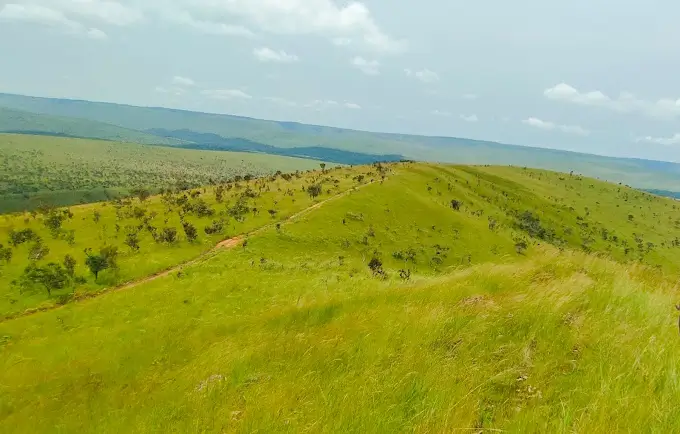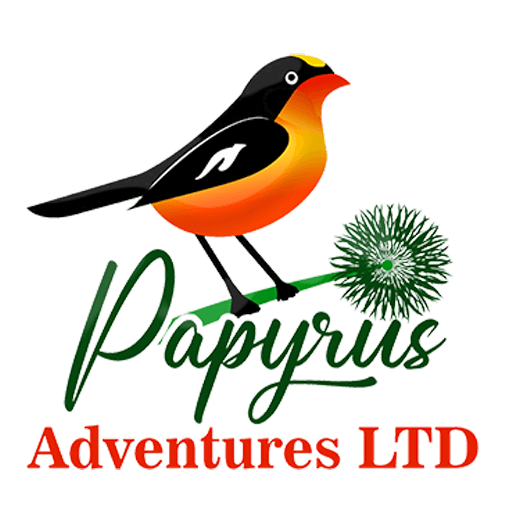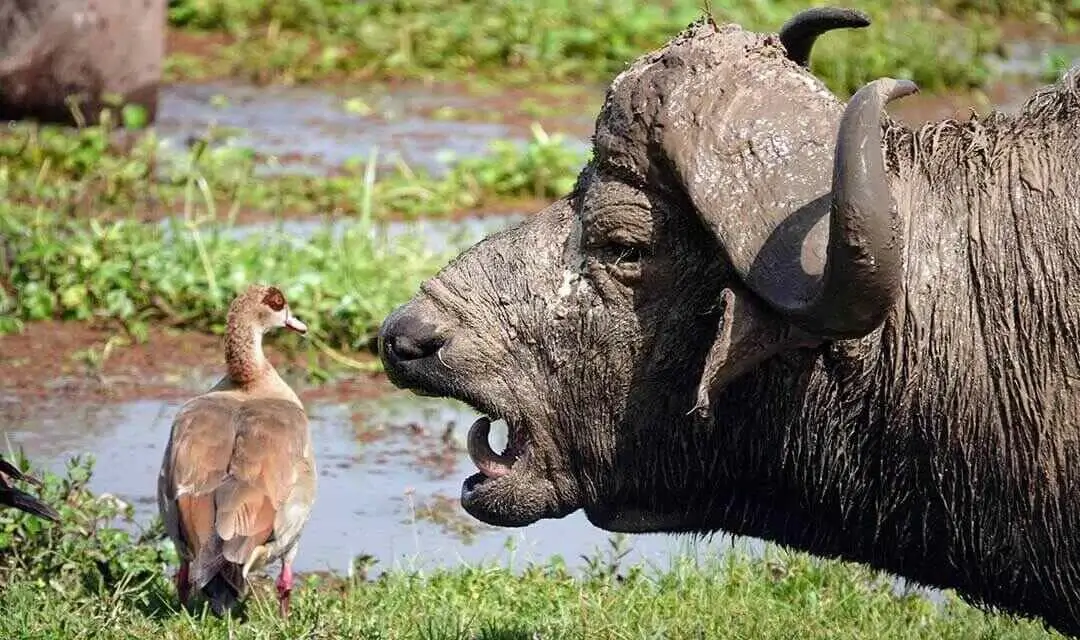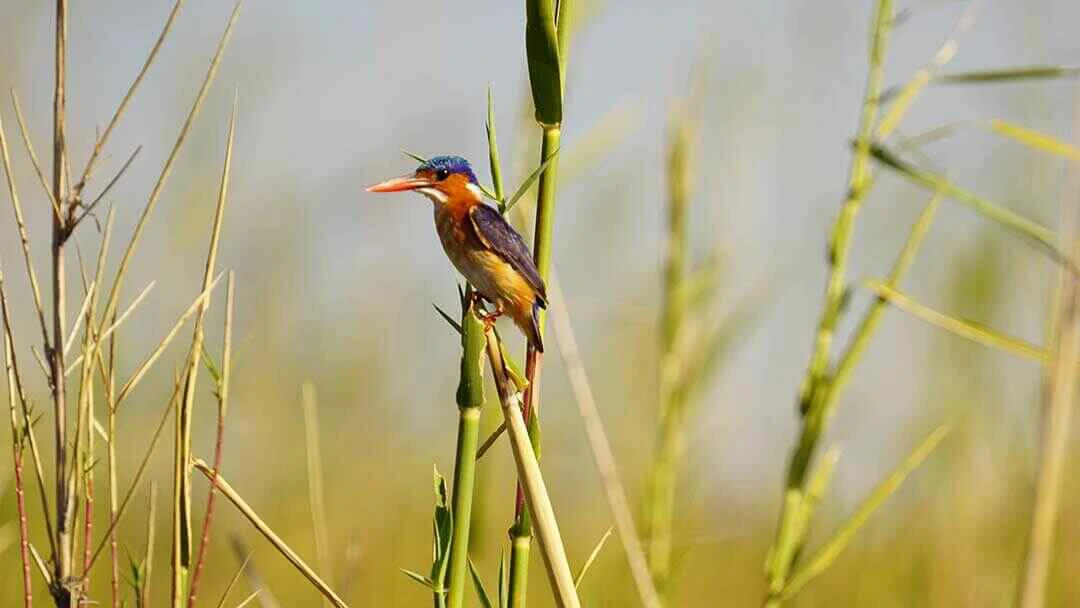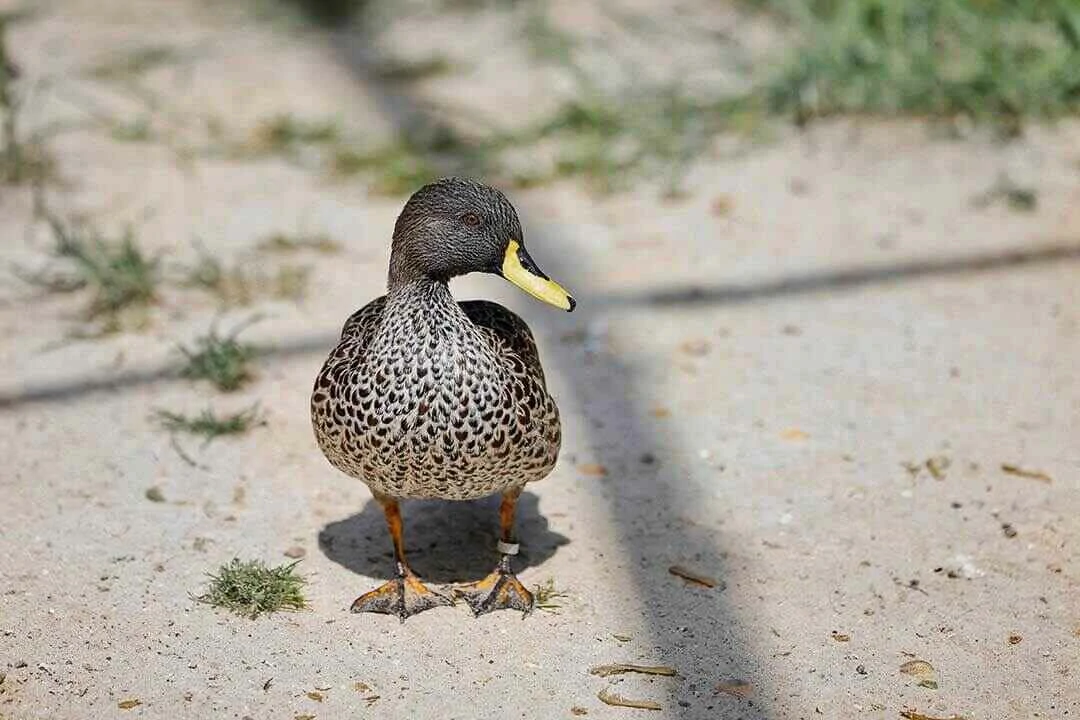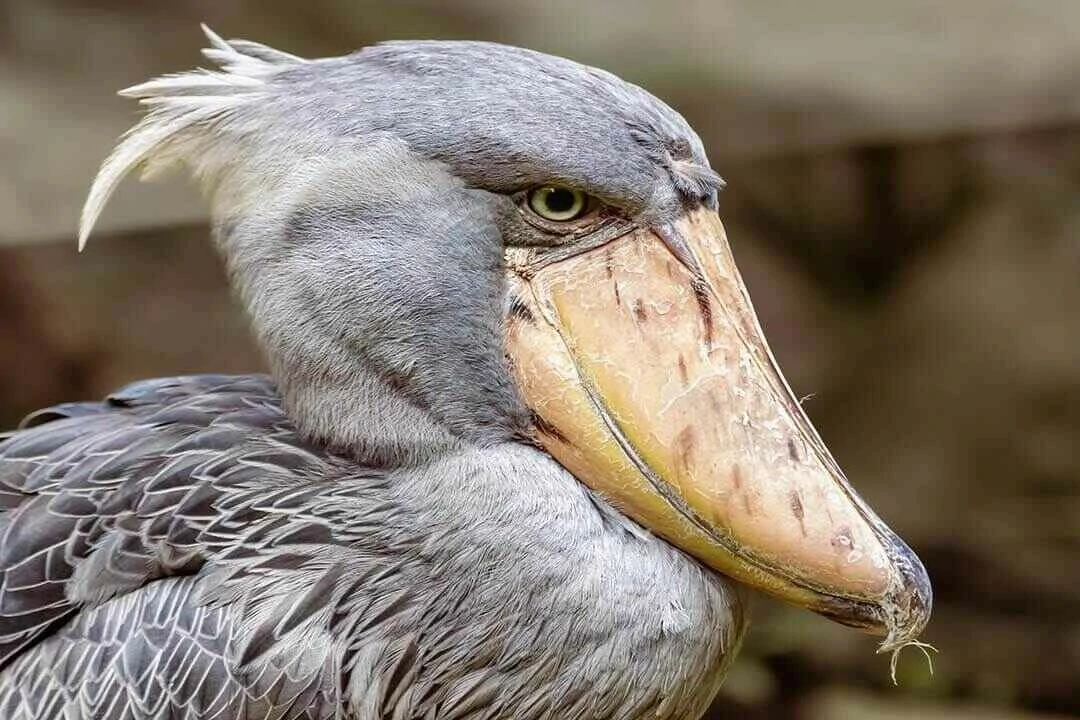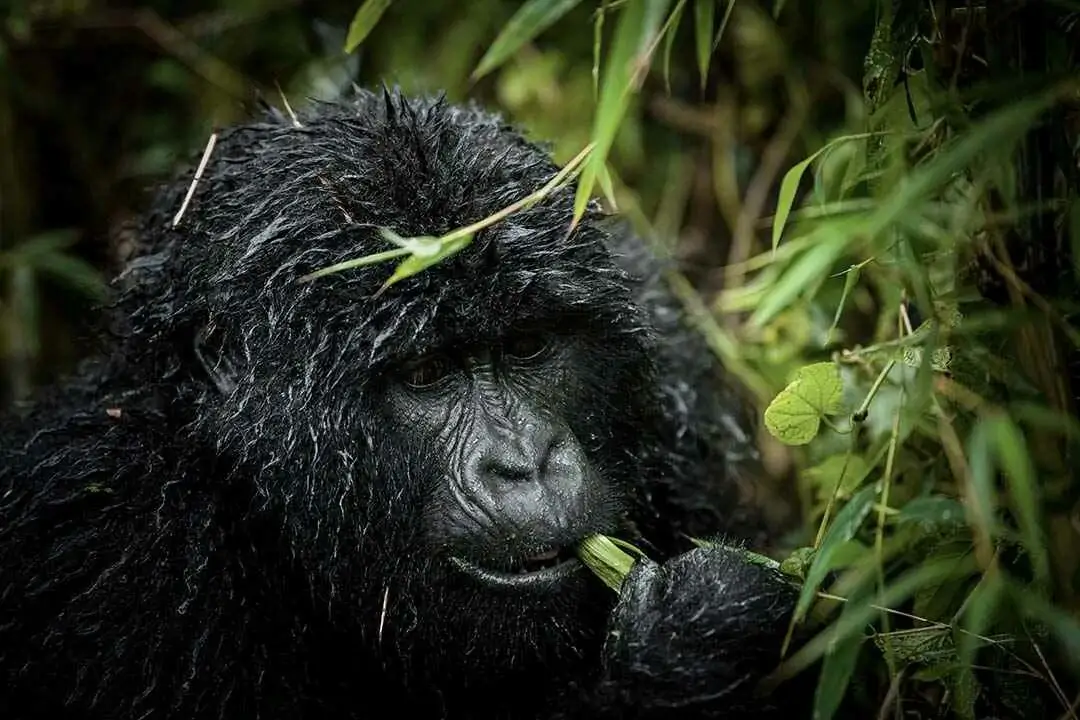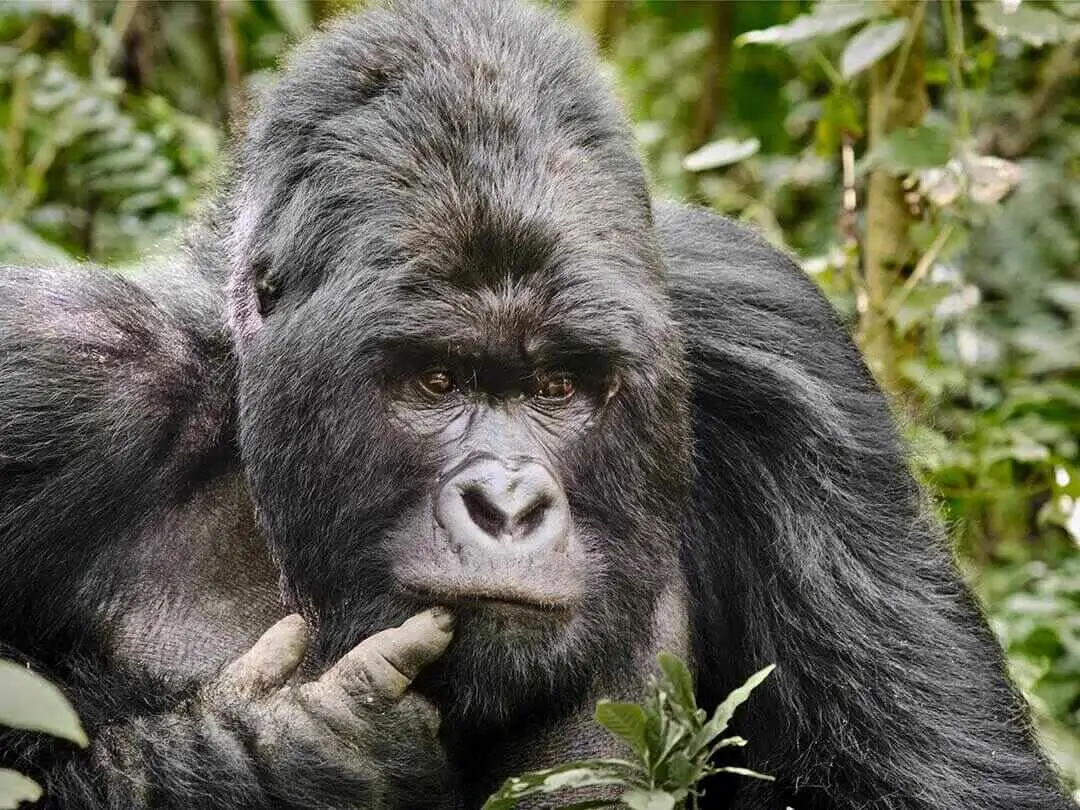wildlife in Lesio Louna Reserve

Western Lowland Gorillas
The Lésio-Louna Gorilla Nature Reserve is part of the Republic of Congo's Gorilla Protection Project. Located within the La Léfini Faunal Reserve, covering an area of 630,000 ha, the Lésio-Louna project aims to reduce the trafficking of baby great apes by encouraging confiscations by the Congolese authorities. Victims of poaching, the orphan gorillas thus seized by the Water and Forests service are entrusted to the project before being gradually released. The reintroduction, since 1993, of about thirty gorillas in the wild has allowed the birth of 10 babies in groups living in total freedom.
The Lesio-Louna Reserve is an area of 44,000 ha adjacent to the eastern boundary of the southwest portion of the Lefini Reserve, created in 1993 through an agreement between The Aspinall Foundation of the U.K. and the Ministry of Forest Economy of the government of Congo, as a sanctuary for the reintroduction of gorillas orphaned by the illegal bush-meat trade. It was upgraded to a Natural Reserve by Presidential Decree in 1999.
The two reserves range from 300 m to 750 m in altitude. The major habitats are open Loudetia grassland and lightly wooded Loudetia or, especially on the remaining plateaus and in damp valley bottoms, Hyparrhenia grassland, with gallery and swamp forests along the water-courses and some patches of dry forest on higher ground.
Landscape
The landscapes of the Lesio-Louna reserve (batéké plateaus) are diverse and varied: plains, forests, rivers, etc.Blue Lake, also known as Lake Zamboula, is located in the Lesio-Louna Nature Reserve, in Lefini. According to a legend, the village which was located at this place would have been engulfed for having refused water to a wanderer, endowed with magical powers.
The location provides a beautiful and wonderfully diverse landscape situated within the central Batéké Plateau region about 150 km north of Brazzaville. It includes the once adjacent southern portion of the Léfini Faunal Reserve, and covers an area of approximately 173,000 hectares. Lésio-Louna benefits from a variety of habitats. Just over two-thirds of the area is a mixture of non-wooded or lightly wooded grasslands.
The dramatic escarpments and cliffs bordering the east of the reserve support dry mixed forest, whilst the rivers and waterways that cross the land are surrounded by gallery and swamp forest. This incredible variety of habitats provides the perfect environment for both savannah and forest animals. With the reintroduction of Critically Endangered western lowland gorillas and subsequent protection of the area, other species have increased such as hippopotamus, red river hog, forest buffalo, and several types of duiker, as well as a significant number of birds, some rarely seen like the black-headed bee-eater, and others regular visitors, like Abdim's storks as they pass through during their annual migration.
Climate
The climate of the reserves is similar to that elsewhere on the plateau, with a dryseason from late May to September, the heaviest rains in October to November and March to April, with a drier period around January to February. The land is of cultural significance to local people and the Blue Lake is the focus of one the most notable legends. At the end of four kilometers of grassy road, passable by all-terrain vehicle, appears a grassy plateau certainly mowed by giants.
Nestled between mountains and surrounded by a gallery forest, this beautiful setting is blessed with a crystal-clear lake. It is said to be a mirror that fell from the sky at the hands of a celestial creature in love with her own beauty. Since then, she has been afraid to come down and look for her mirror as she fears that the earthly creatures will keep her captive because of her angelic nature. Thus, when the sky is reflected in these waters, so too the angel is reflected and the lake becomes azure, hence its name of Lac Bleu.
The people
Around 17,000 people live in rural communities surrounding the reserve. The land they inhabit is important to them for both cultural and practical reasons, their subsistence lifestyles often at conflict with the conservation of native flora and fauna. Most are farmers, and a variety of anthropic pressures on natural resources impact heavily on the ecosystem of the area, including within the reserve. Primarily such pressure comes from illegal logging for charcoal and fire-wood, market gardening, poaching and fishing. Bush fires are also a problem as the savannah in and around the reserve are burned regularly by local people, the fires at risk of spreading into forest patches.
To help reduce the pressures that threaten the natural habitat and the wildlife within Lésio-Louna a range of community projects have been developed and managed by The Aspinall Foundation over the past ten years. Whilst anti-poaching patrols and monitoring to prevent unauthorized activities within the reserve remain a necessity it requires capacity building projects, awareness-raising, and a transition to more sustainable lifestyles for the local people too, as they are crucial to long-term sustainability and protection of the natural habitat with its diverse wildlife.
The Gorilla Protection Project
The most significant conservation success for the reserve has been the reintroduction of Critically Endangered western lowland gorillas, previously hunted to extinction in the area. Through the Gorilla Protection Project, The Aspinall Foundation has raised orphaned gorillas and, when old enough, returned them to live in the wild. In addition UK-bred gorillas have been repatriated to Congo for release into the reserve. The result has seen breeding groups develop and currently the largest troop is formed of more than 30 gorillas headed by a silverback that came to the project as an orphan of the bush-meat trade in 1993, at that time he was less than two years old.
The support of the European Union and the Organization of African, Caribbean and Pacific States through the BIOPAMA Programme, is enables the reserve to build on what they have achieved so far. The BIOPAMA Programme is also supporting the development of an eco-tourism product that will see increasing numbers of visitors able to enjoy the beautiful landscape and stunning wildlife of Lésio-Louna in a controlled and ecologically sound manner.At the edge of a gallery forest, within the reserve, lies the Iboubikro site.
Located on the banks of the Lésio River with its lush vegetation, the site and its accommodation is approached via a submerged footbridge.From this base experienced eco-guards accompany guests on excursions, including trips along the river to see some of the gorillas living on habituation islands during the reintegration phase, and prior to their release into the wider reserve.
The Lésio-Louna gorilla nature reserve aims to protect these emblematic species and to recover orphans, whose parents have been killed by poachers. Objective: to reintegrate them into the wild.The vocation of the RNGLL is to protect endangered species, in particular gorillas, and to recover orphans whose parents have been killed by poachers, to reintegrate them into the wild.
Accommodation
On the living base of Iboubikro, in the south of the reserve, near the Blue Lake and the Lésio, straw huts have been fitted out, which can accommodate about fifteen people, at the disposal of which are provided a kitchen, showers and toilets. The nursery is located in the Iboubikro camp.
Located further north and bordered by the Louna River, the Abio site, where other accommodation is located, is home to a group of adult gorillas from the nursery and British zoos that the foundation introduced to the reserve in 2017 for the reintegrate into the wild. In Abio, the gorillas live in semi-freedom on islands covered with forests until, having become autonomous; they join the forty or so released gorillas living in total freedom.
Activitives at this park
Crossed by the Lésio and Louna rivers, and bordered by the Léfini, the Lésio-Louna Gorilla Nature Reserve has everything to attract visitors. On the one hand because it is located in the north of Pool, in the district of Ngabé, only a hundred kilometers from Brazzaville, or two to three hours by road.
Other species have increased as a result of the reintroduction of Critically Endangered western lowland gorillas and subsequent protection of the area, including hippopotamus, red river hog, forest buffalo, and several types of duiker, as well as a significant number of birds, some rarely seen, such as the black-headed bee-eater, and others regular visitors, such as Abdim's storks as they pass through during their annual migration.
Visit the blue lake
Birding Watching
Visit baby gorillas and large gorillas
Hike the Ngaka and Ipope mountains
Location
Republic of the Congo
Size
440.00 km2
Do You have any Questions?
Our Experts are ready to provide answers
Explore Out Top Tour Ideas
Travel With Us
When considering your next adventure, Papyrus Adventures stands out as the ideal travel companion, offering a comprehensive package of benefits that ensure an unparalleled experience.
Best Price Guaranteed
With our "Best Price Guaranteed" policy, you can rest assured that you are getting the most value for your investment.
Professional Safari Guides
Our commitment to excellence extends to our team of "Professional Safari Guides," who possess extensive knowledge and expertise, ensuring a journey filled with insightful and unforgettable moments.
Locally Owned Company
Papyrus Adventures is deeply rooted in the destinations we explore, allowing us to provide authentic and immersive experiences that showcase the rich cultures and landscapes of each location.
24-7 Customer Support
our "24-7 Customer Support" ensures that your needs are met around the clock, providing peace of mind and a safety net for any unforeseen circumstances.
